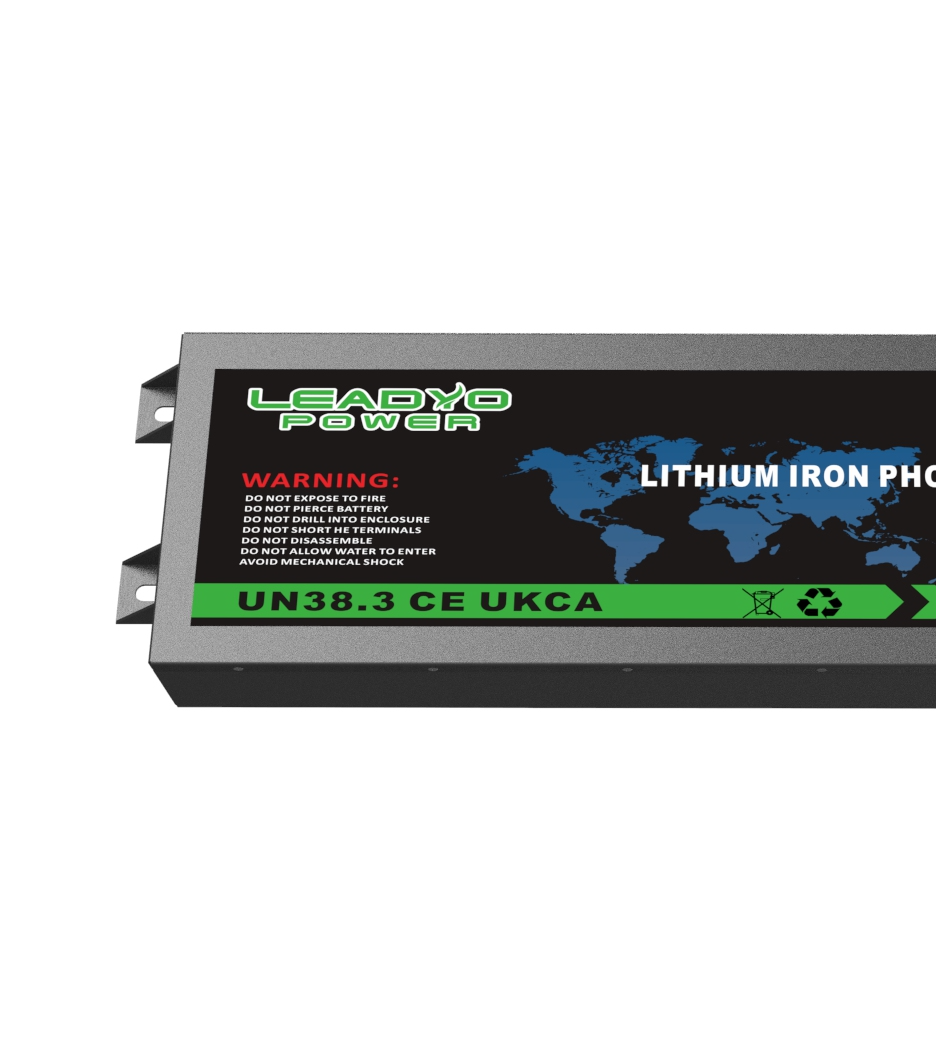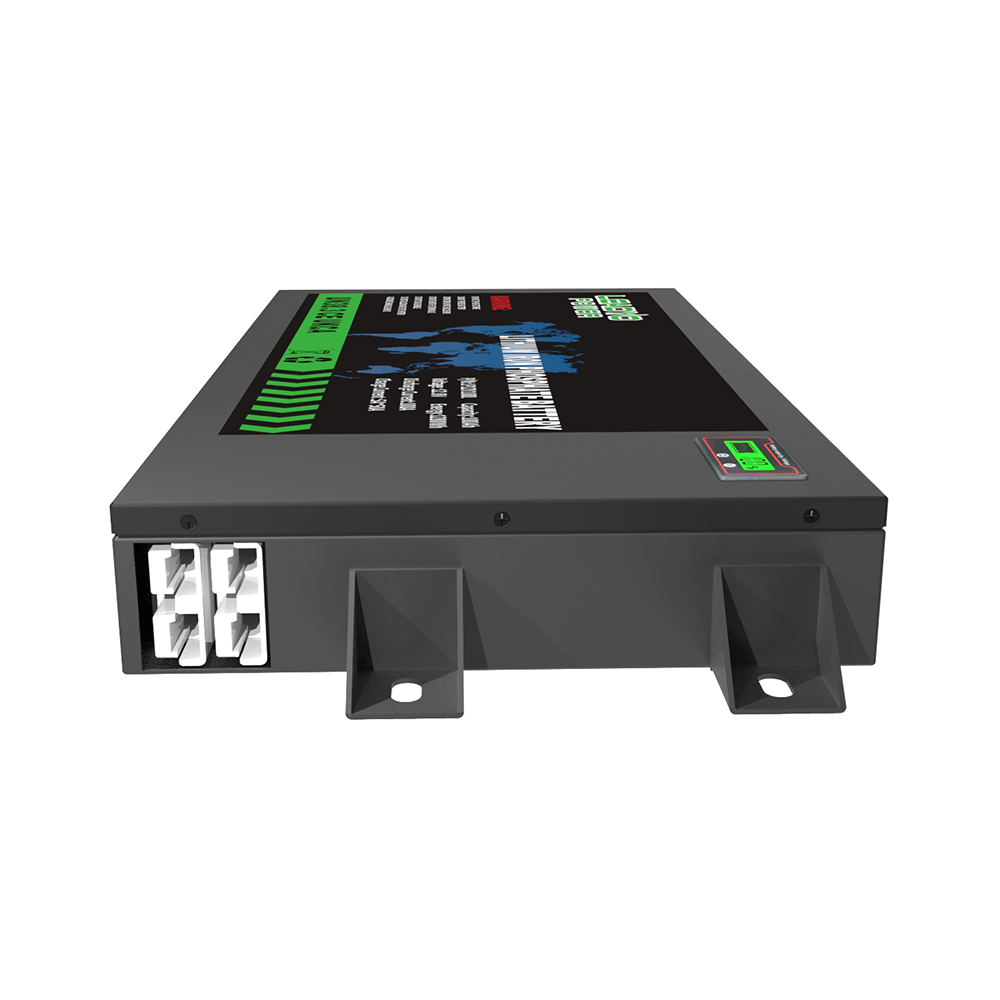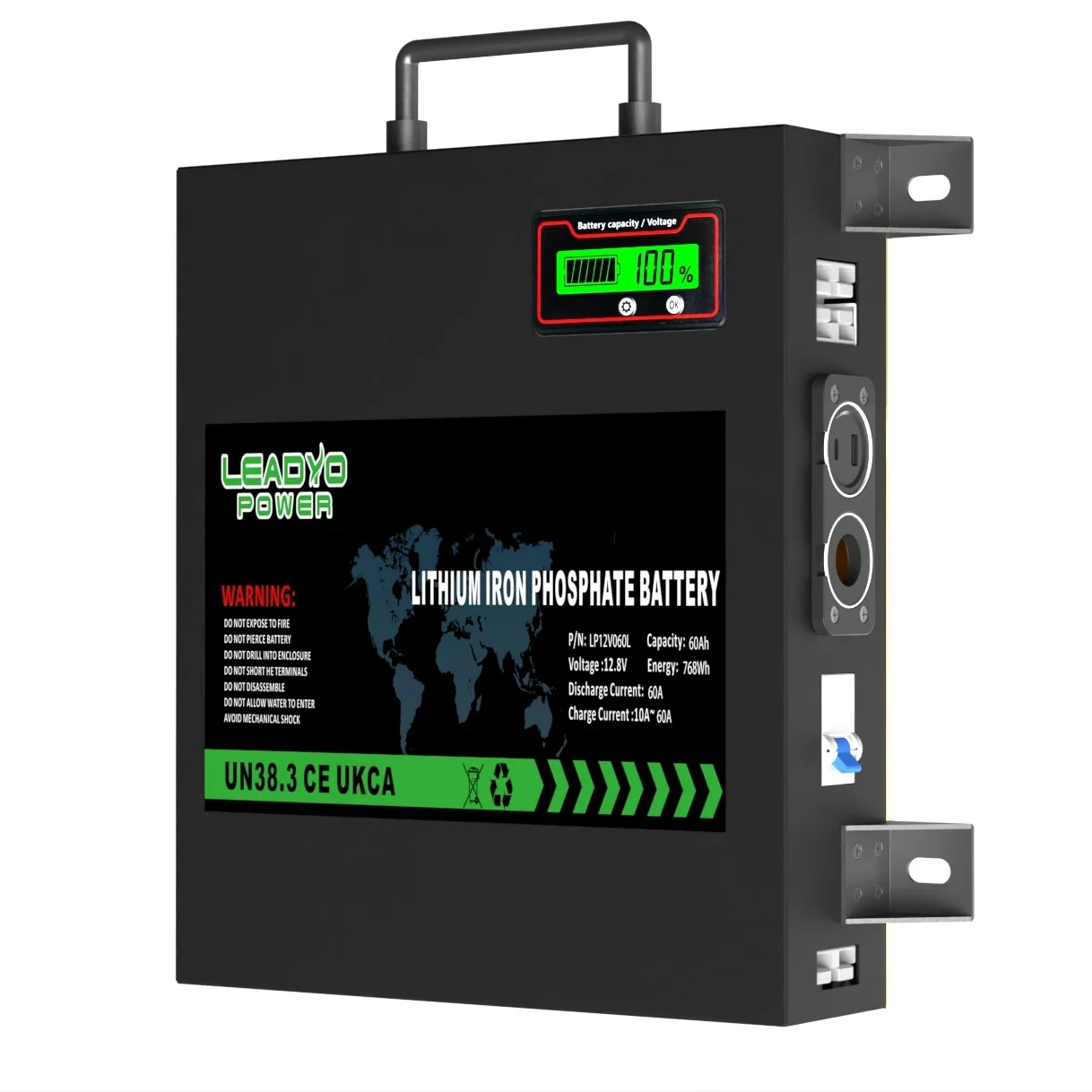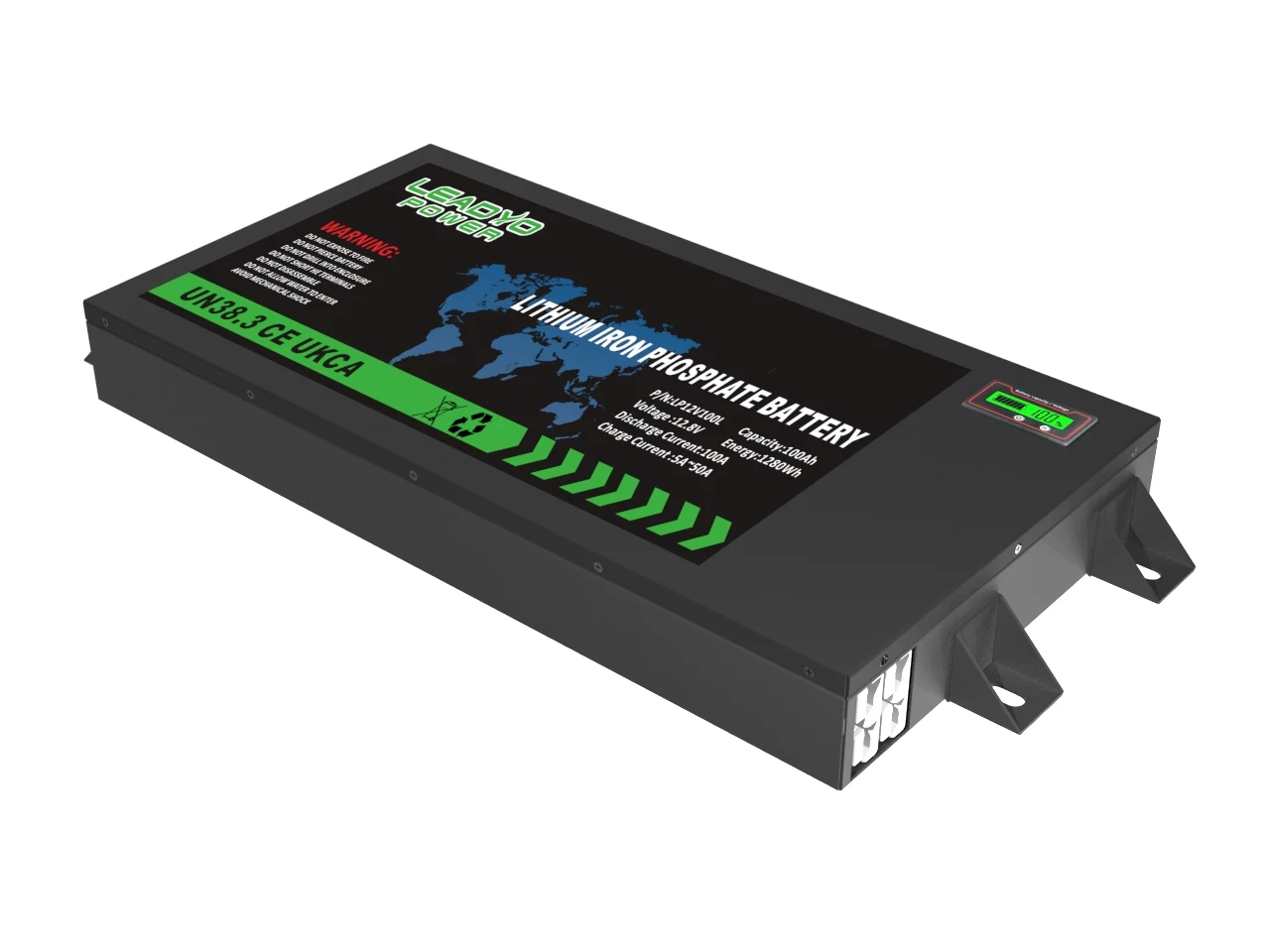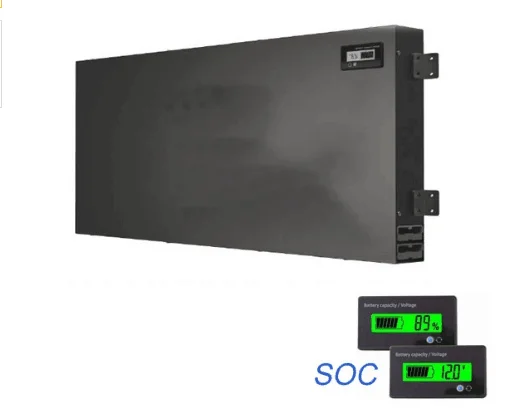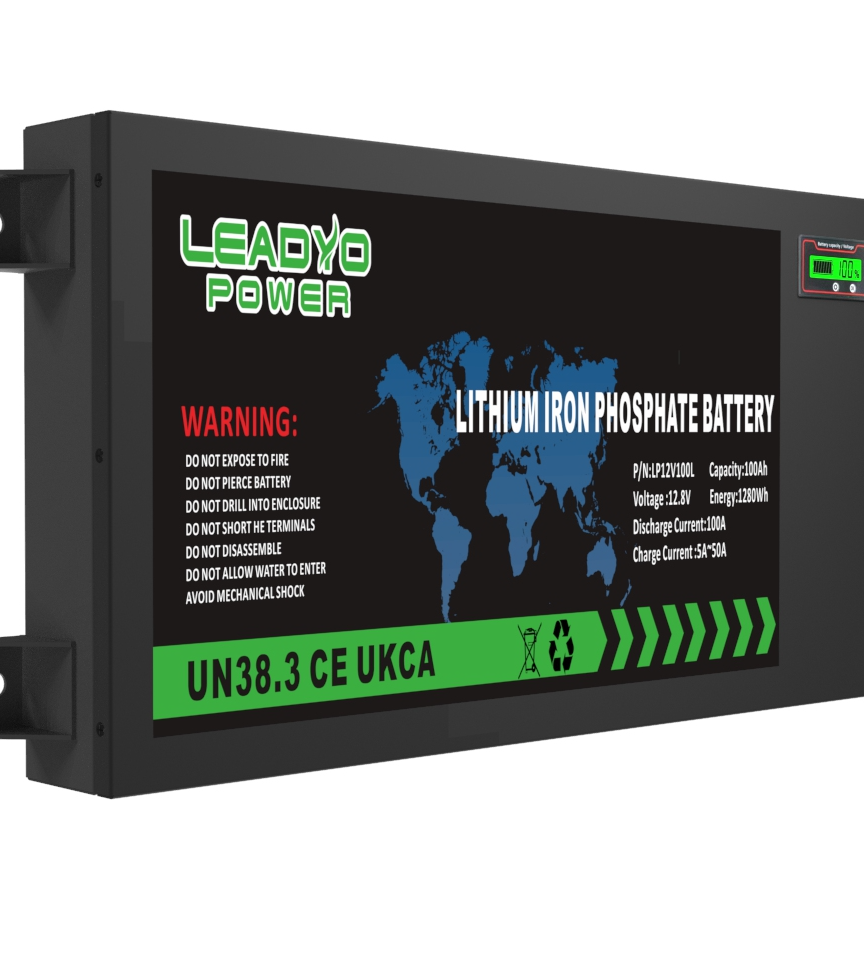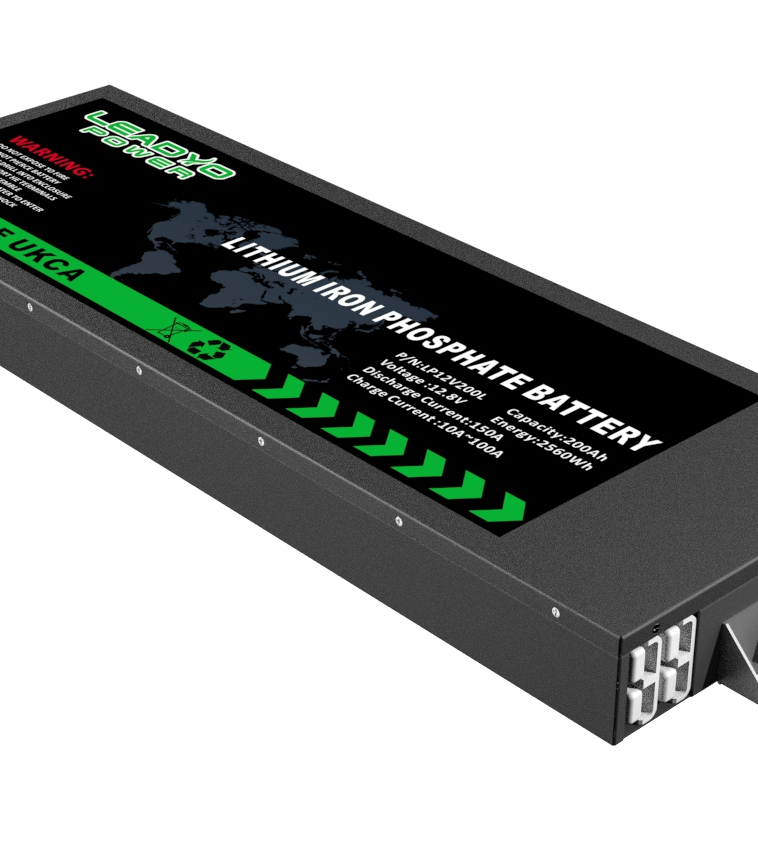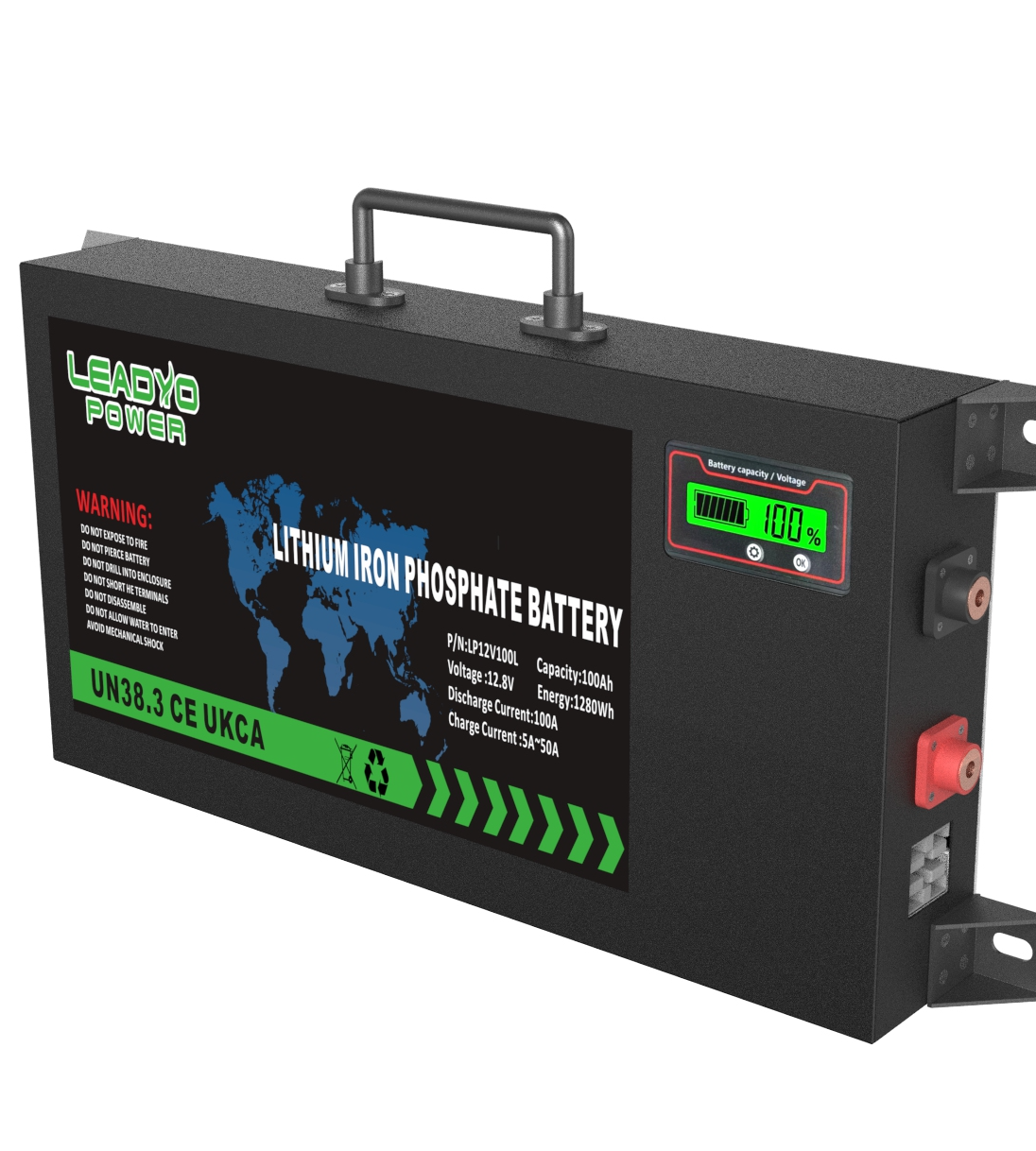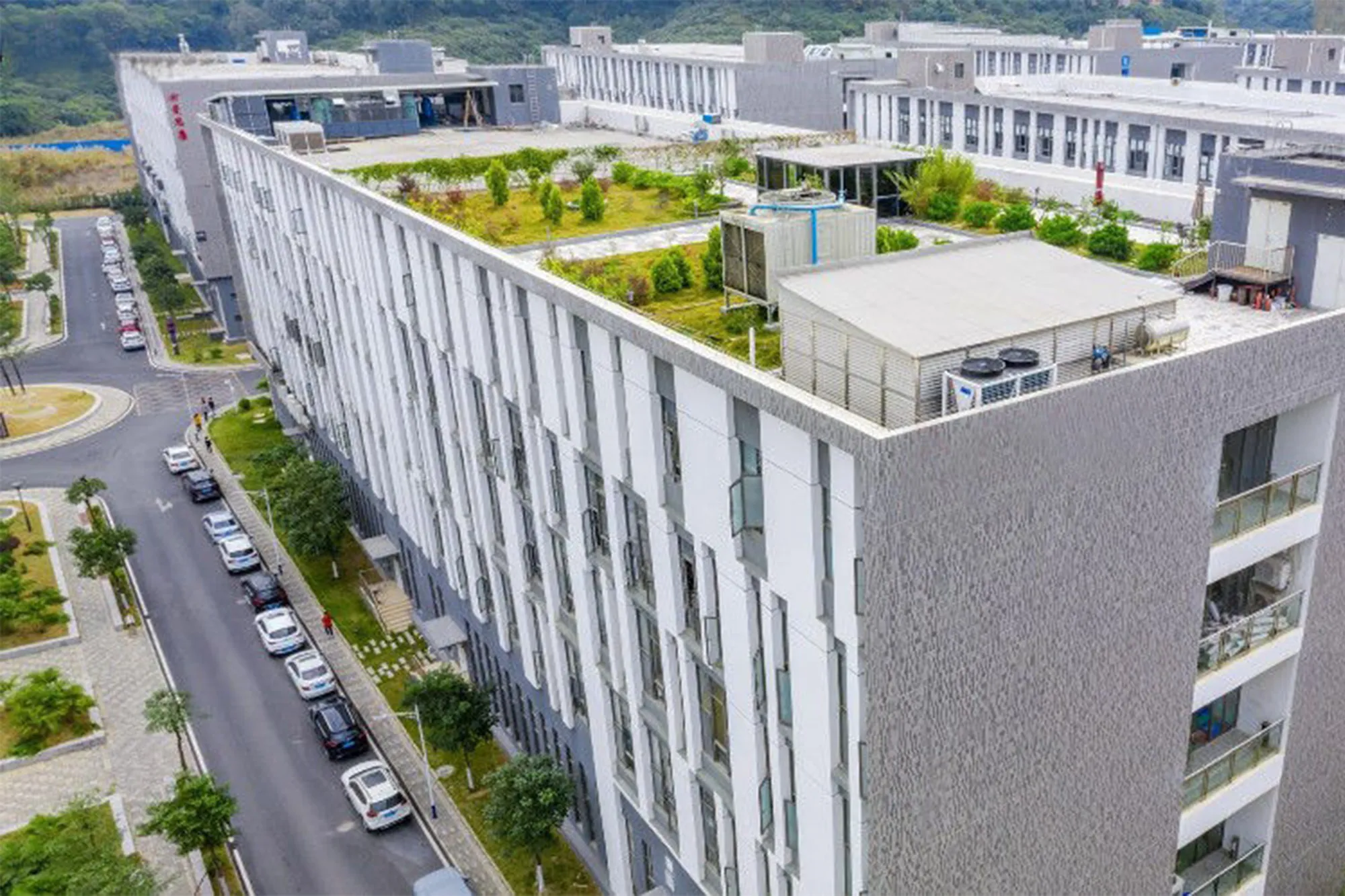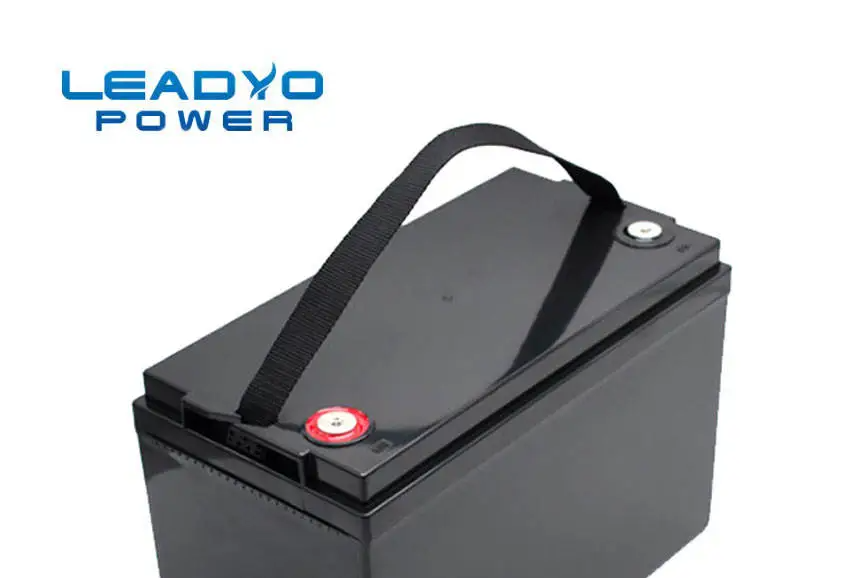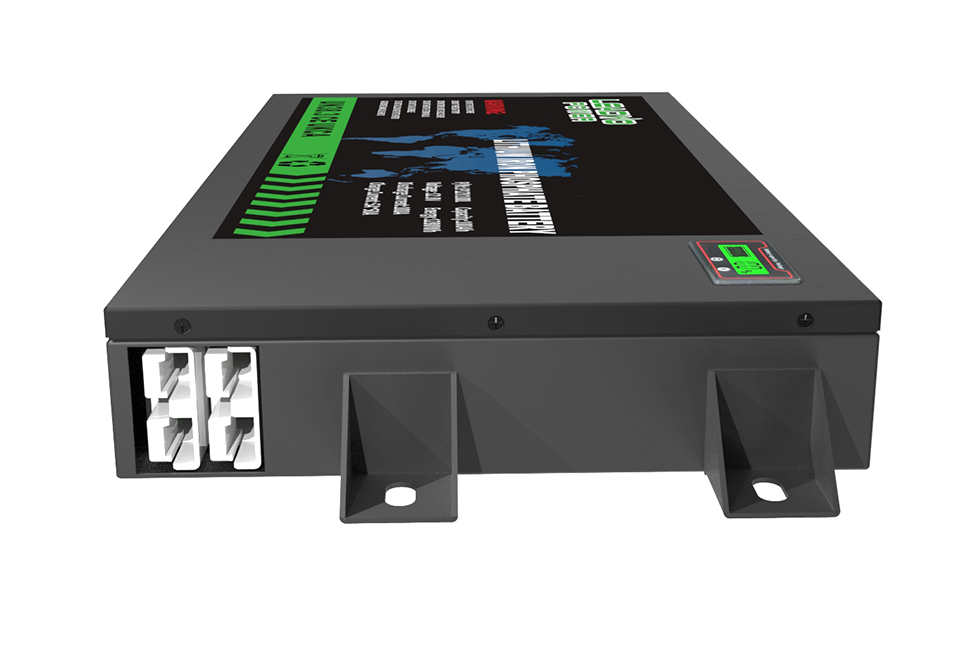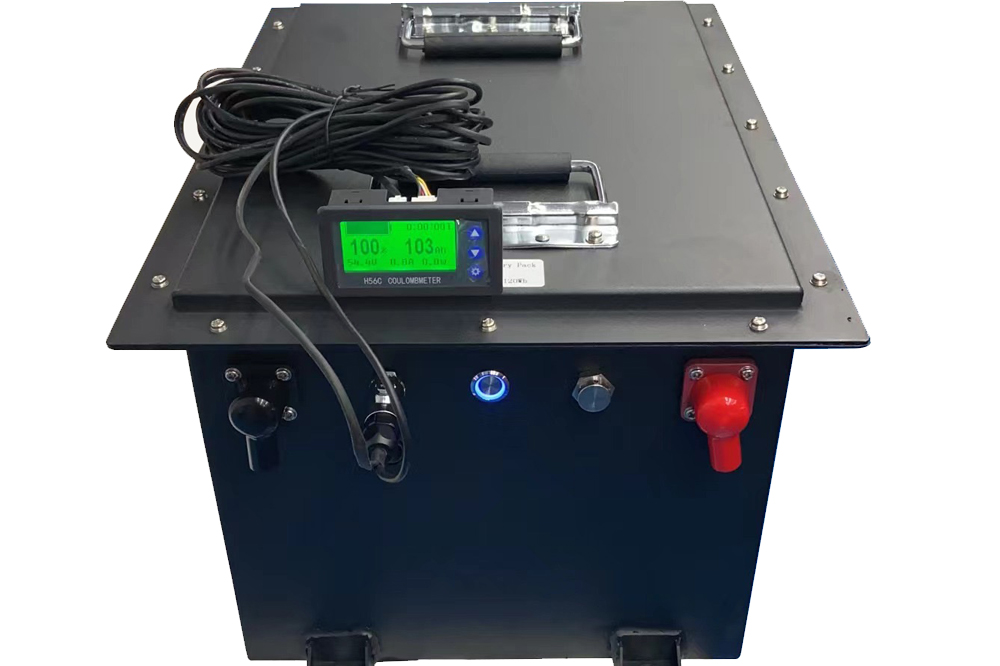Shenzhen LP (Leadyo power) 2013 yılında kuruldu. esas olarak Lityum demir fosfat / Lityum iyon pilleri, LTO pili, Lifepo4 pili içeren lityum pili tek durak çözümü sağlanmaktadır ana sayfa Güneş Sistemi, Deniz/Botlar, Golf arabaları, Karavan, Karavan Araçları, Kampçı, AGV/UTV, Robot, Araç motoru, Araç ses sistemi, Elektrikli Hafif Araçlar vb. için kullanılmaktadır.
Profesyonel bir pil tedarikçisi olarak, Leadyo ayrıca - Oem, ODM. Hizmet müşteri gereksinimlerine göre, RS485, RS232, CanBus, ModBus, Bluetooth vb. ile akıllı lityum ve lityum demir fosfat pil paketi gibi ürünler sunmaktadır. Leadyo her zaman kalitemize büyük önem vermektedir Ürünler Ve Leadyo'nun İşbirliği Şirketi, en son teknoloji tesisleri ve ekipmanlarıyla donatılmıştır. R&D ve kalite sistemi ile sertifikalı üretim ISO9001 Güvenlik standardı iyi kontrol ediliyor ve güncel sertifikalara uygun.
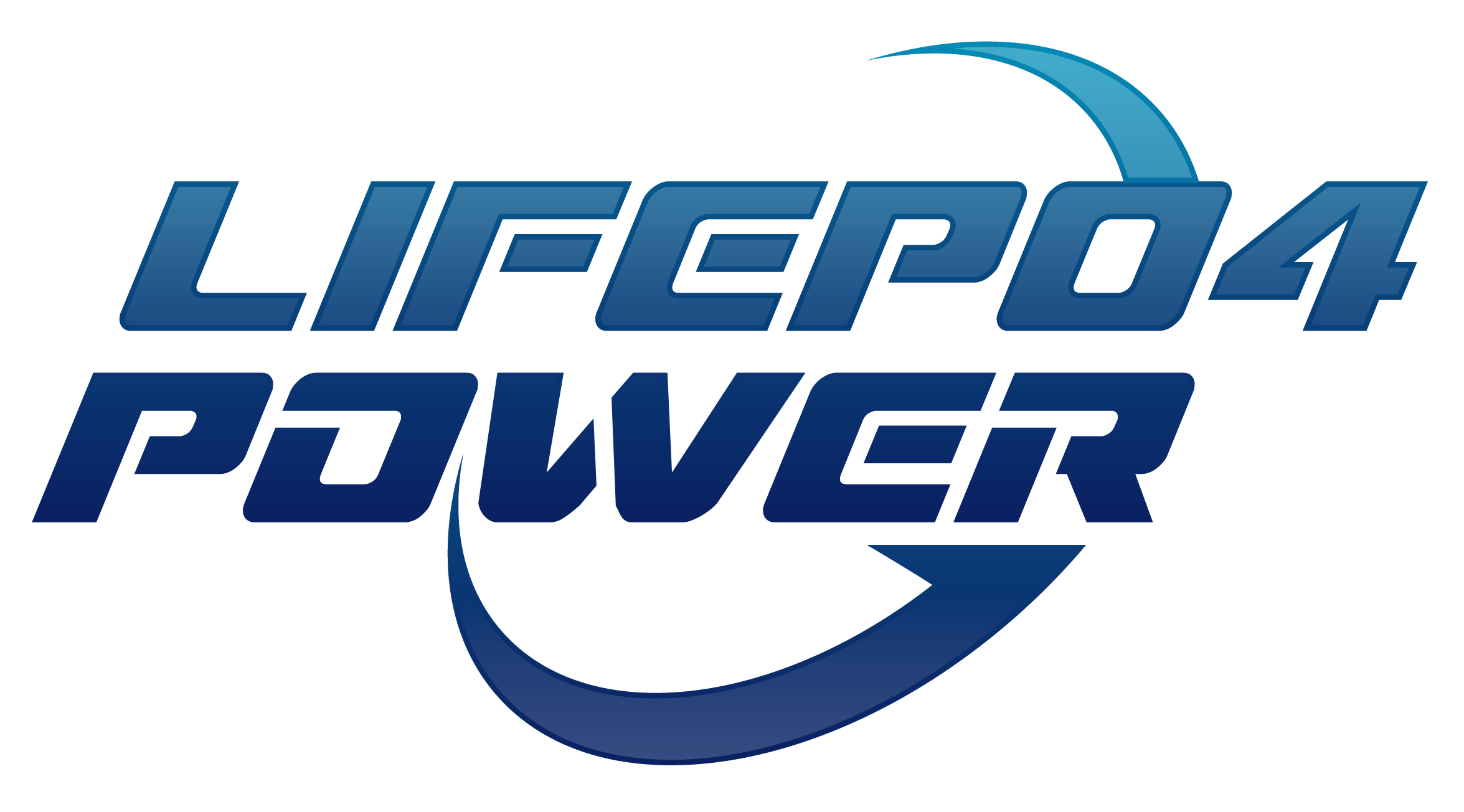
 TR
TR
 EN
EN AR
AR
 CS
CS
 DA
DA
 NL
NL
 FI
FI
 FR
FR
 DE
DE
 EL
EL
 IT
IT
 JA
JA
 KO
KO
 NO
NO
 PL
PL
 PT
PT
 RU
RU
 ES
ES
 TL
TL
 ID
ID
 SK
SK
 SL
SL
 VI
VI
 HU
HU
 TH
TH
 AF
AF
 MS
MS
 GA
GA
 AZ
AZ
 BN
BN
